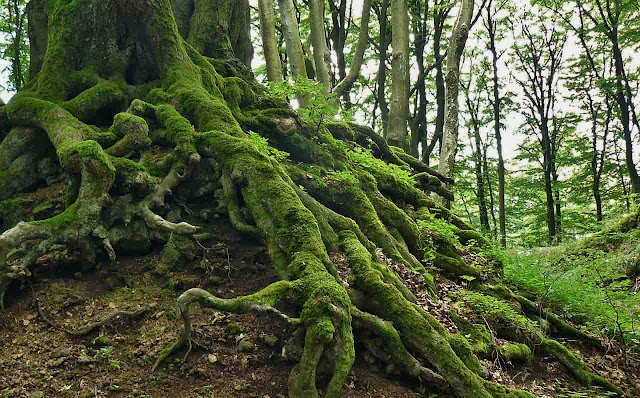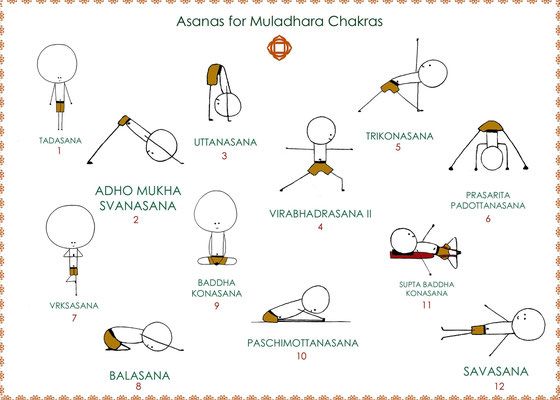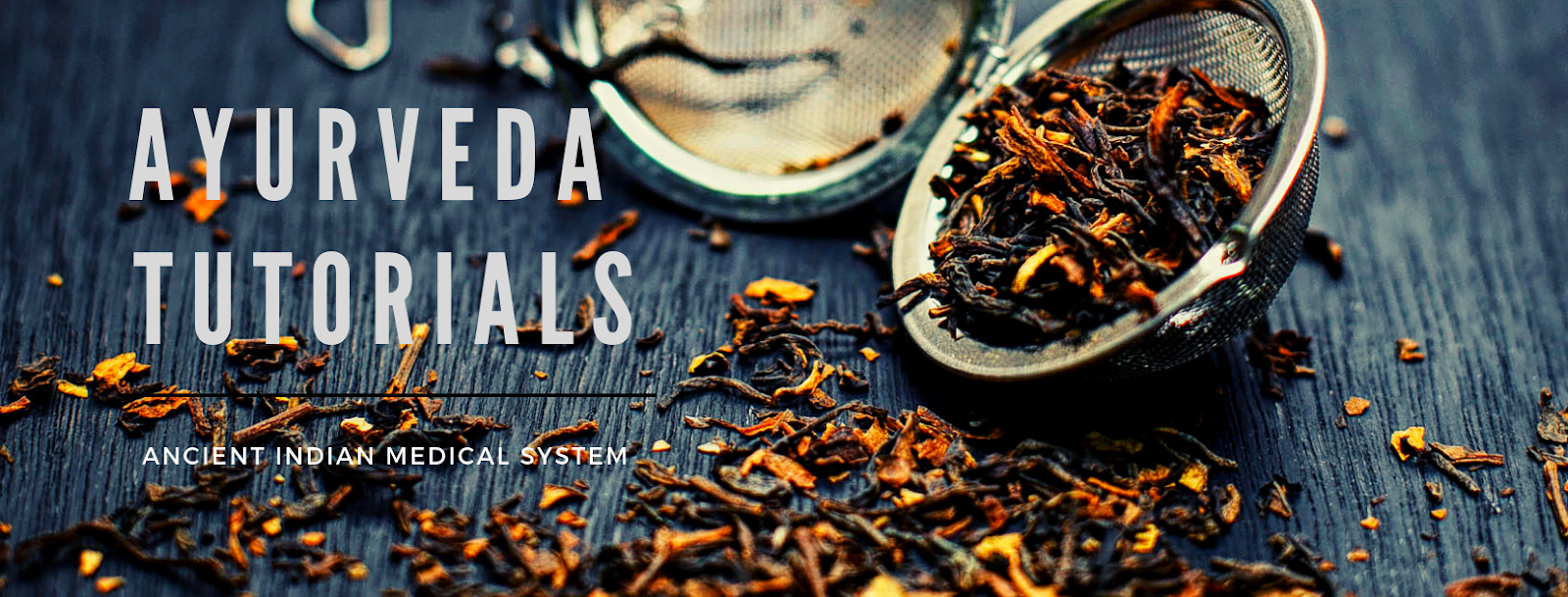Human
body has seven major energy centers, called chakras, which correspond
to flow of energy throughout our body. They are:
2. Sacral chakra / Svadhishthana chakra
3. Solar plexus chakra / Manipura chakra
4. Heart chakra / Anahata chakra
5. Throat chakra / Vishuddha chakra
6. Third eye chakra / Ajna chakra
7. Crown chakra / Sahasrara chakra
Each
chakra has unique features.
In
this blog post we will explain characteristics of first chakra - Muladhara, and how to balance it.
Sanskrit
word "mula" means root and "adhara" support. It
supports our entire foundation.
Nothing
can be build without a strong grounded foundation so all the other
chakras depend on this one. Balancing the root creates the solid
foundation for opening the chakras above.
In
the male body Muladhara is located in the perineum – midway between
the scrotum and anus.
In
the female body it is located on the posterior side of cervix. This
chakra is often represented as a cone of energy starting at the base
of the spine and going downward and then slight bent up.
Characteristics of the root chakra:
 |
| Photo by Anja Osenberg |
- It
connects us to the earth and nature.
- It
controls our survival instincts, security, fears.
- It
is the root from which we receive the nourishment for our spiritual
development.
- It
connects us to the physical earthly world.
- It
is associated with the earth element and our sense of smell.
- It
is linked to the unconscious mind, where our actions and experiences
from past lives are stored.
- Red
color of Muladhara symbolizes strength, power and vitality.
- The
associated animal is the elephant.
- The
mantra sound that corresponds to the root chakra is LAM.
Muladhara
is closely associated with Prana Vata and Apana Vata - sub doshas of Vata dosha.
It
is the seat of primal energy, kundalini Shakti. Muladhara
is said to be the base from which the three main psychic
channels
or nadis
emerge:
the Ida, Pingala and Sushumna.
An
unbalanced root chakra may cause several physical and emotional problems.
1. Physical problems: issues with legs,
feet, circulation, lower back, joints, colon, prostate and bladder,
cold extremities, anemia, obesity, constipation, sexual dysfunction, low energy levels, incontinence, sciatica, immune
disorders, hemorrhoids, irritable bowel syndrome, menstrual cramps.
2. Emotional and psychological problems: insecurity,
fear, loneliness, lack of support, restlessness, greed, anger,
egoism, lethargy, eating disorders, laziness, poor decision making, nightmares,
cynicism, paranoia, trust issues, hypochondria, lack of confidence,
panic attacks, short tempered, lack of concentration.
You may also find that you feel dizzy or spacey or that you're constantly preoccupied with worries.
You may also find that you feel dizzy or spacey or that you're constantly preoccupied with worries.
When
balanced, one has a solid sense of security, healthy feet, legs,
colon, bones, joints, teeth, adrenal glands and muscles.
It
is the most common chakra to experience blockage. Anything that
shakes your sense of security can block the root. Flying in an
airplane and changing time zones can disturb Muladhara chakra.
How to balance the root chakra:
 |
| Photo by Silvia and Frank |
Foods that can help balance your root chakra:
1. Red food - red apples, beets, tomatoes,
pomegranates, strawberries, raspberries, rhubarb, cherries, blood
oranges, cranberries, red grapes, red grapefruit, watermelon, red
peppers, red cabbage, radishes, radicchio, red onions.
2. Root vegetables and plants that grow beneath the ground like sweet potatoes, carrot,
turnips, ginger, turmeric, ashwagandha and cannabis root.
Crystals that can help balance your root chakra:
Garnet, red jasper, red tiger's eye, ruby,
rhodochrosite, blood stone, red agate, red aventurine.
You can place
the gemstones on the area of the root chakra while lying down to help
open and align it.
Essential
oils and herbs that can balance your root chakra:
Angelica root, cedar wood,
patchouli, myrrh, vetiver, ylang ylang, cinnamon, cloves, rosemary,
cayenne.
The
essential oils should be mixed with coconut, olive, sesame, sunflower
oil or any other carrier oil and applied to the soles of your feet.
- Spend
time in nature
- Plant some herbs and take care of them
- Touch soil or
sand
- Take a bath in the sea, river or lake
- Get wet in the rain
- Breathe fresh air
- Hug a tree
- Go to hike or long walks
- Observe the
clouds, the birds, the wind, the leaves
- Start cooking healthy
- Give
thanks to Mother Earth and all that she provides
- Wear color red and surround yourself with red and earthy colors or objects. Red is known to help retain positive energy of the body and it is believed that it has the capability to keep you strong, healthy and positive throughout the day.
- Dance and feel sensation of movement
- Walk outside barefoot to absorb
earth's free flowing electrons from it's surface through the soles of
your feet
- Connect with the nature, plants and animals
- Drink a grounding warm tea made of root chakra cleansing herbs
- Practice kegel
exercises, stretching and yoga. Yoga asanas that stimulate the energy in
Muladhara are: the tree pose, malasana, downward dog, sun salutations, nosetip
gazing and many more.
 |
| Image source: TeenyTinyOm |
All the tips mentioned in he text above can help clean and balance Muladhara.
When this chakra is activated
you feel connected to the earth, safe, grounded and in control.
Once
blocks have been removed from the Muladhara you will notice signs
such as increased courage, taking actions that lead to more stable
lifestyle, leaving an unhealthy relationship, and making more
grounded decisions in life. When the root chakra is in alignment you will
feel stable, calm, relaxed, secure and comfortable with your life.
You will not be afraid to explore and try new things and you will be
able to take care of yourself.
| Photo by rawpixel |
Stay
balanced and grounded!
Author: Ayurveda Tutorials
Sources:
https://en.wikipedia.org/wiki/Muladhara
https://www.doyouyoga.com/yoga-poses-to-balance-your-root-chakra-42374/
http://www.chakras.info/root-chakra/
Author: Ayurveda Tutorials
Sources:
https://en.wikipedia.org/wiki/Muladhara
https://www.doyouyoga.com/yoga-poses-to-balance-your-root-chakra-42374/
http://www.chakras.info/root-chakra/


No comments:
Post a Comment